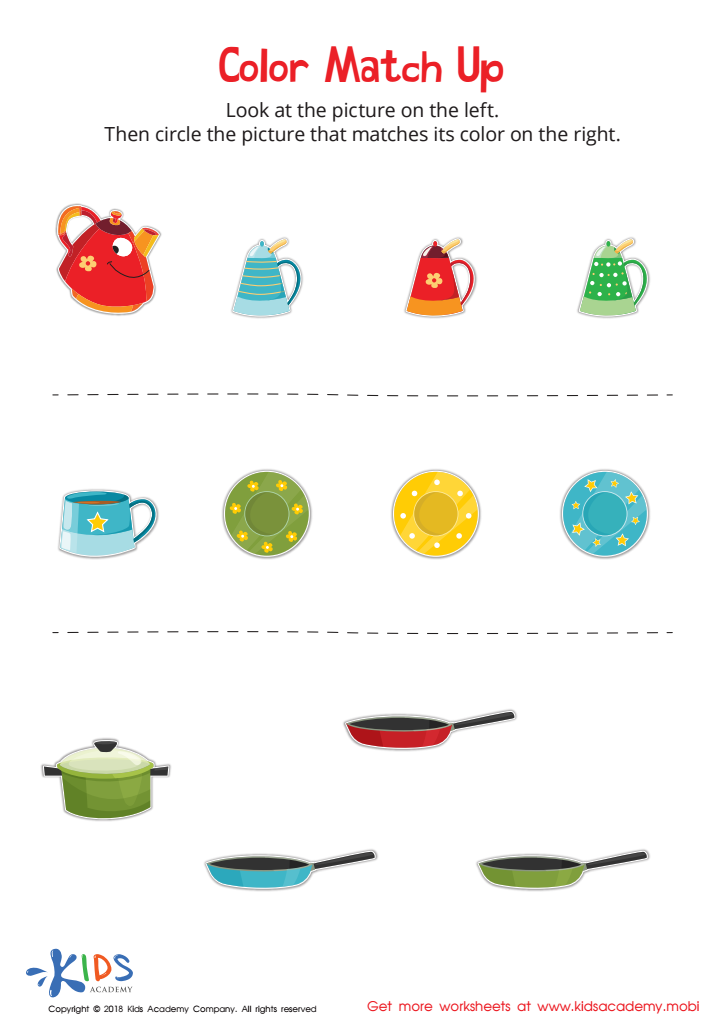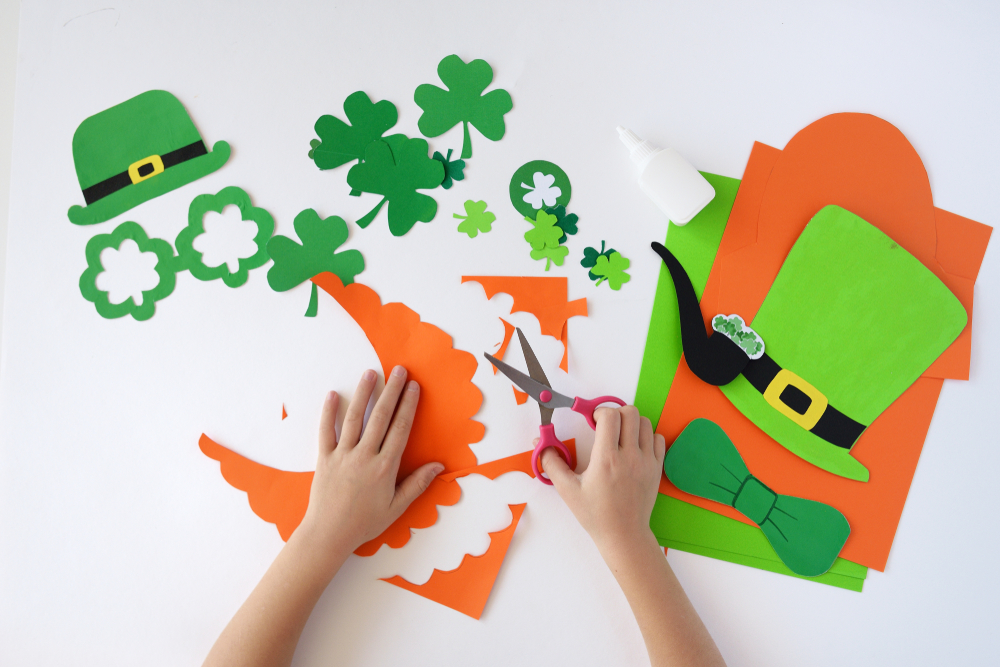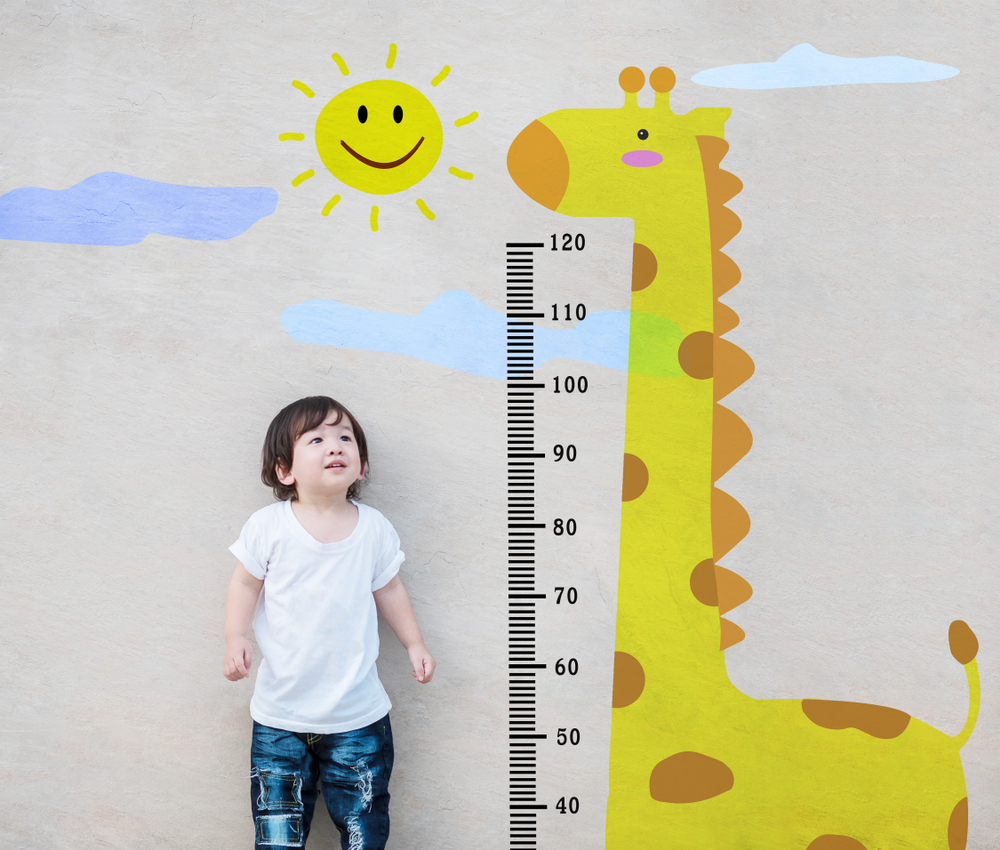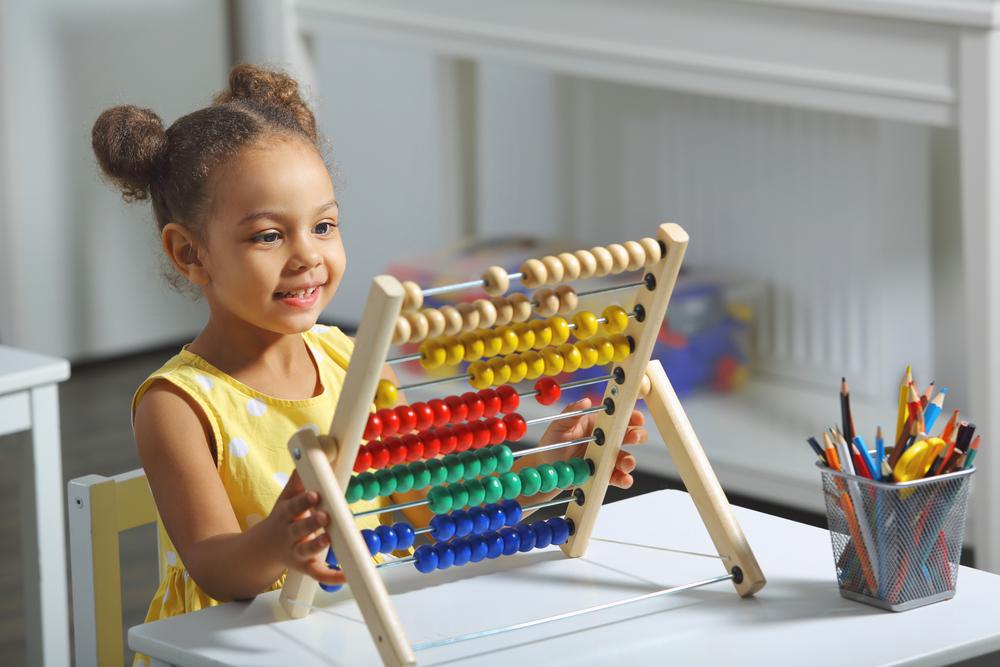Color recognition Normal Math Worksheets for Ages 6-8
6 filtered results
-
From - To
Enhance your child's learning experience with our engaging Color Recognition Normal Math Worksheets, specifically designed for ages 6 to 8. These worksheets aim to help young learners identify and apply colors within various mathematical contexts. By integrating color recognition with fundamental math skills, children will enjoy discovering patterns, counting objects, and solving problems while building essential cognitive abilities. Our printable resources are user-friendly and perfect for both classroom and home use. Encourage creativity and critical thinking in your child's early education today with our exciting and interactive worksheets, making math enjoyable and visually appealing! Explore the fun of learning colors in math!
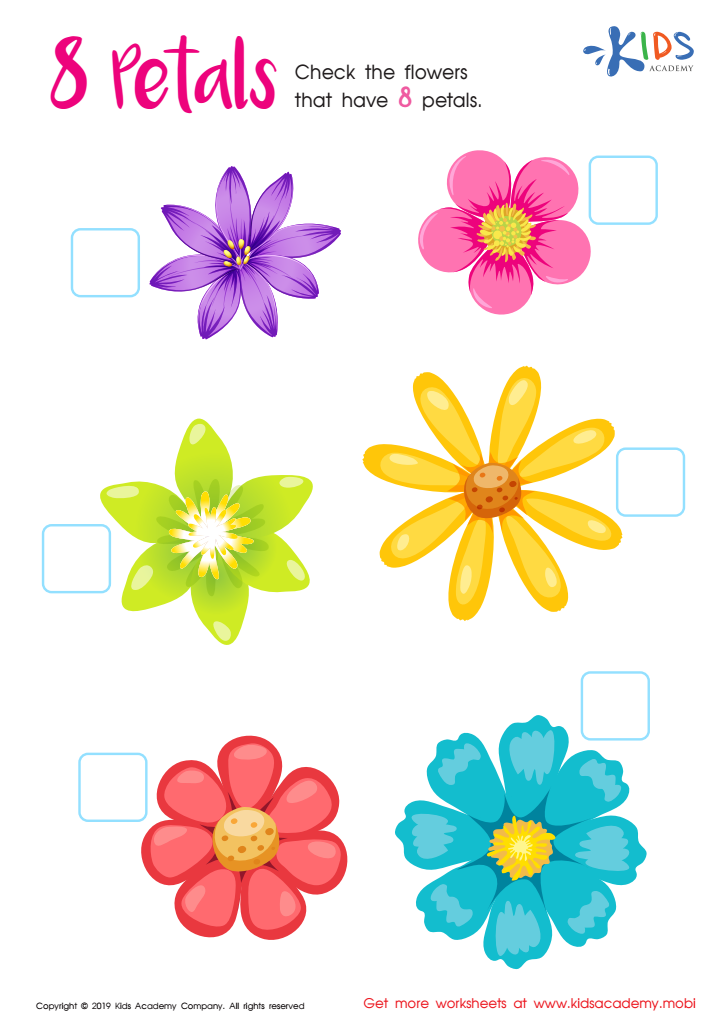

8 Petals Worksheet
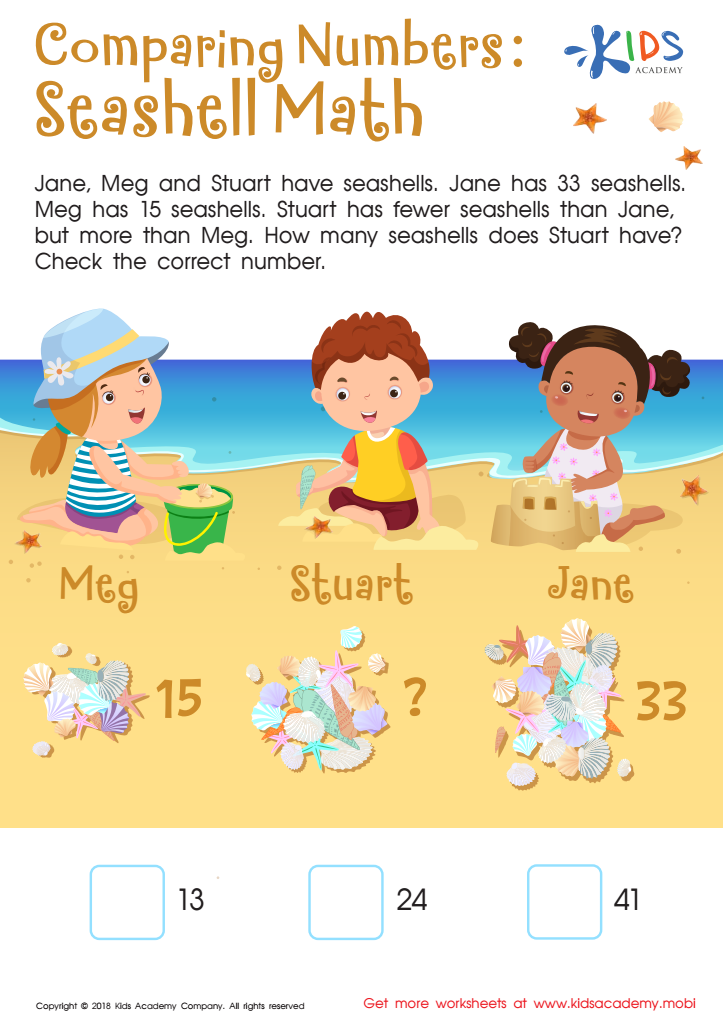

Seashell Collectors Worksheet
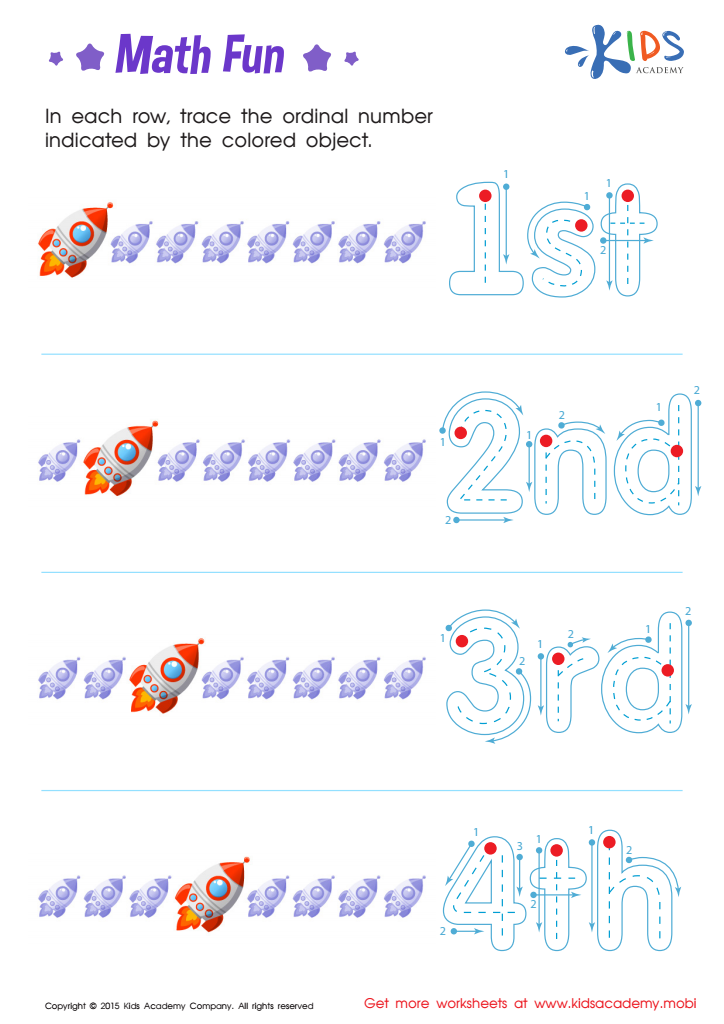

Ordinal Numbers: Math Fun Worksheet


Gingerbread Man Geometry Maze Worksheet
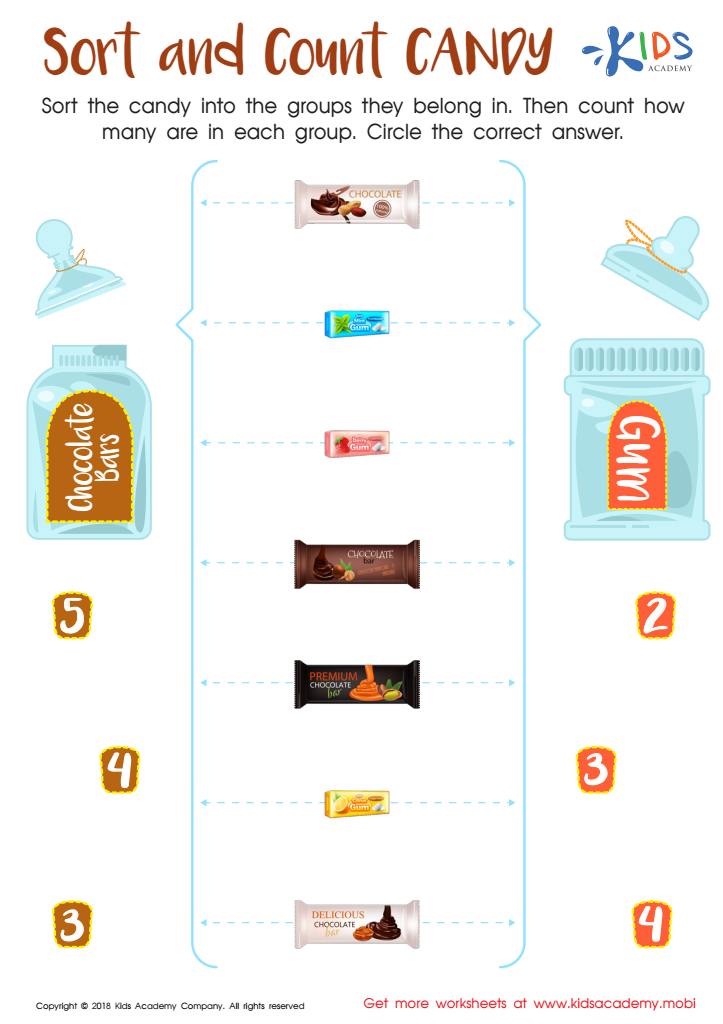

Sort and Count Candy Worksheet
Color recognition and normal math skills are foundational elements in a child's early learning journey, making it crucial for parents and teachers to prioritize them for children aged 6-8. Understanding colors not only enhances children's ability to describe their surroundings and express themselves but also supports critical thinking. As children learn to identify and categorize colors, they develop observational skills and understand patterns, essential for problem-solving in math.
In mathematics, grasping core concepts such as numbers, shapes, and spatial awareness is vital for future academic success. At this age, children begin to explore basic arithmetic and geometry. By integrating color recognition with math activities—like sorting colored objects or using colorful worksheets—teachers and parents can create engaging learning experiences that make abstract concepts more concrete.
Moreover, strong foundational skills in color recognition and math foster self-confidence and enthusiasm for learning. When kids gain mastery in these areas, they build a positive relationship with education, encouraging exploration in other subjects. Thus, by supporting and nurturing these basic skills, parents and educators play an essential role in setting the stage for lifelong learning and critical cognitive development.
 Assign to My Students
Assign to My Students
